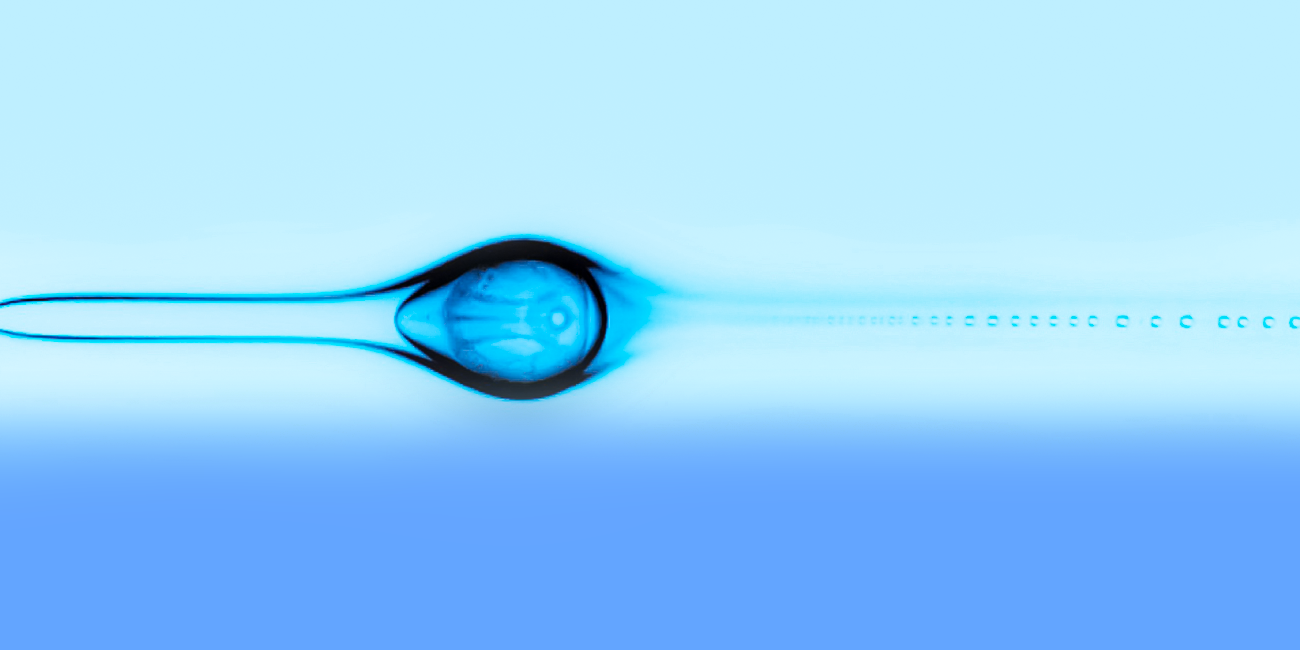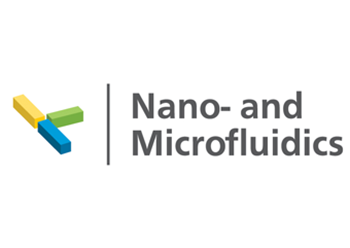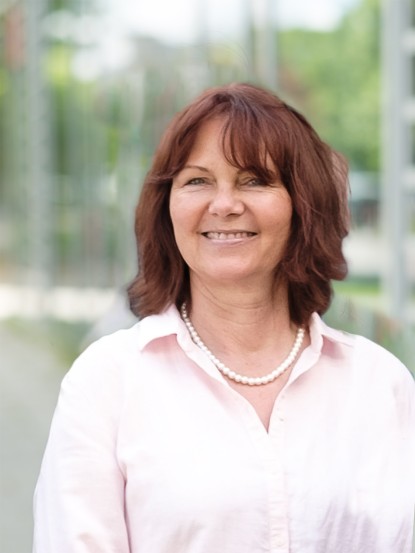If you are interested in exciting research (experimental, numerical or theoretical), you’re in the right place!
Here, you can find current Bachelor’s and Master’s thesis topics, as well as project work (ADP). Simply contact the respective supervisor.
Nothing suitable there? In addition to these postings, there are often other topics available at our institute. Please contact Prof. Hardt (hardt@nmf.tu-…) to enquire about current topics.
Nano- and microfluidics sounds exciting, but you're not sure what topic would be a good fit for you? Feel free to get in touch with Melly (seyfried@nmf.tu-…) for a brief meeting to learn about our research, our team, and what it's like to write a thesis at NMF.
Masterthesis
Decarbonizing the chemical industry is a key challenge on the path to CO2 neutrality. For this reason, we are working in the BMBF-funded future cluster ETOS on the transformation of the chemical industry towards more climate-friendly electrochemical technologies.
In this work, the wetting of abstract gauze structures is to be investigated using numerical simulation with OpenFOAM. In particular, the influence of different orifice geometries and wetting properties on the forming phase boundary and a possible bubble formation at too high differential pressures shall be investigated.
Supervisor: Alexander Wagner, M. Sc.
Masterthesis
Liquid bridge breakup is a fascinating process with applications in microfluidics, printing, and wetting. While the classical problem involves a liquid bridge surrounded by another fluid (like air or oil), in this project we focus on a different case: liquid bridges on solid surfaces. These systems introduce new physics, particularly at the interface between the liquid and the solid.
In previous works, we’ve looked into how viscosity affects the breakup of these bridges. We also know that the surface properties of the solid play a role. But now we want to go a step further: what happens when the liquid contains salt?
Supervisor: Salar Jabbary Farrokhi, M.Sc.
Advanced Design Project (ADP)
Handling small amounts of liquid is an essential task in a broad field of applications ranging from medical and pharmaceutical engineering to analytical chemistry. The dispensing of liquids is typically done using pipettes that rely on a pressure difference to pull a liquid volume into a small reservoir after which the pressure difference is reversed for releasing the liquid volume.
Based on research at our institute we propose a novel type of pipette that leverages surface tension gradients that induce a so-called Marangoni flow instead of using pressure gradients for creating the flow. Our experimental results show that this could allow for pipetting tiny amounts of liquids or even gases. There are numerous aspects of this novel approach that set it apart from classical pipettes making it superior in some application contexts. Within the ADP, a working demonstrator of this novel pipette should be designed, build and used to demonstrate the feasibility of this approach.
Supervisor: Steffen Bißwanger, M.Sc.



